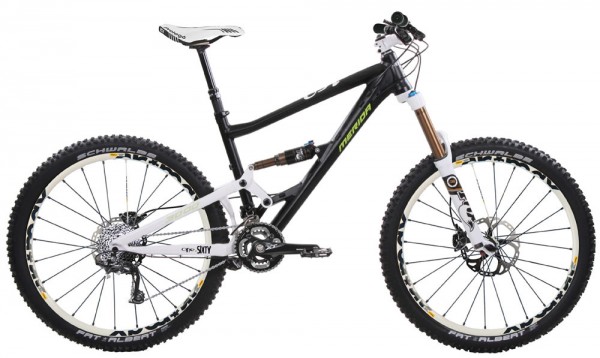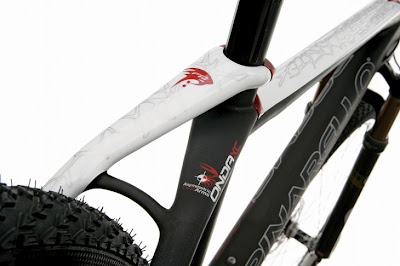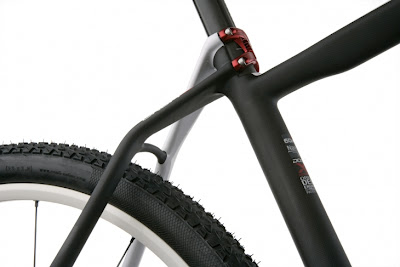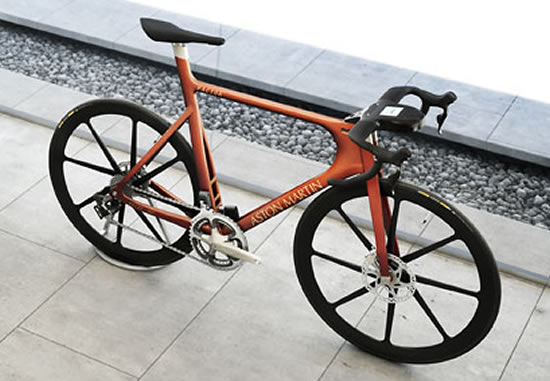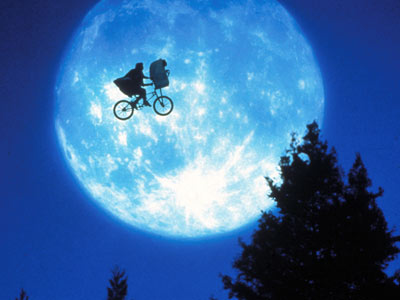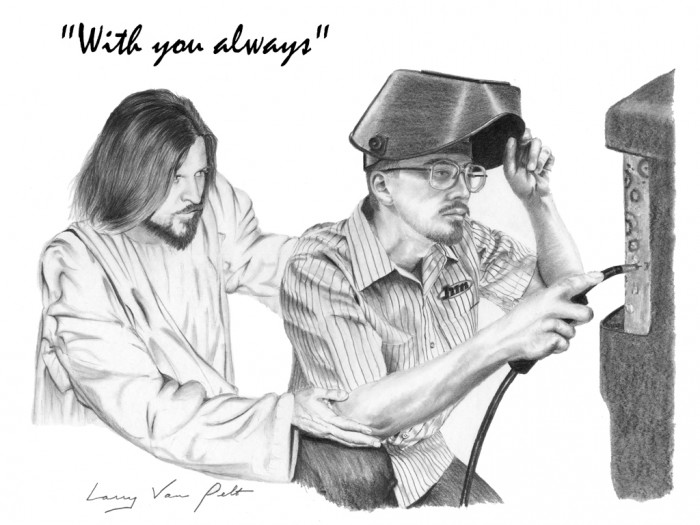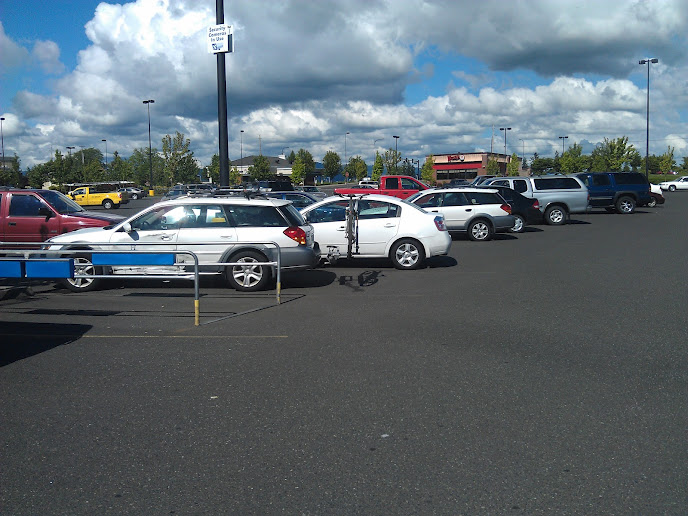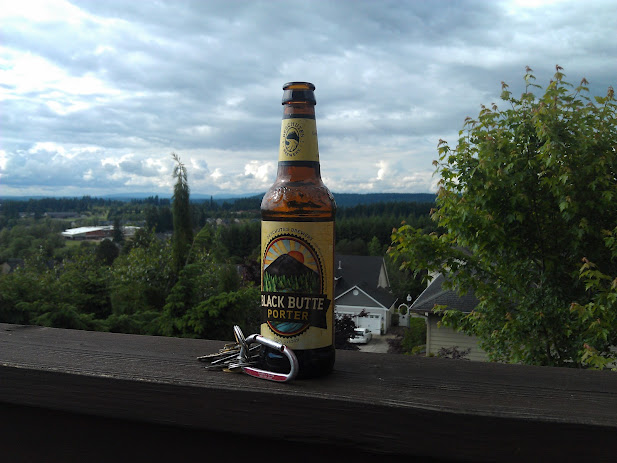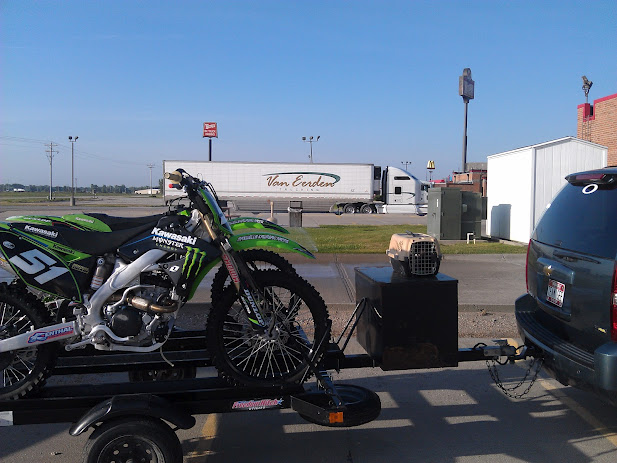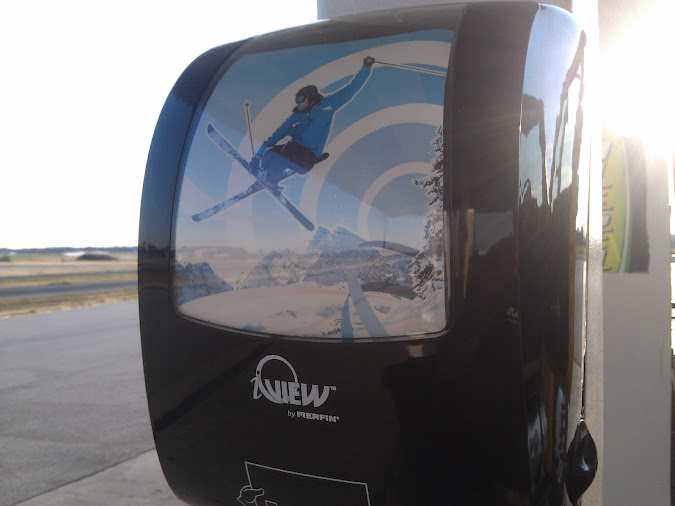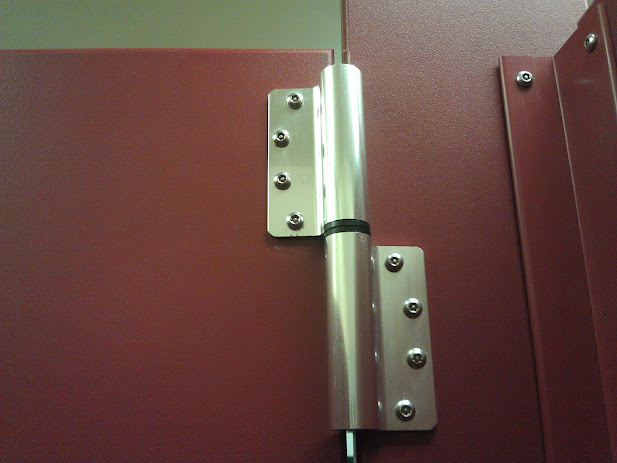I know enough about suspension systems to understand how unbearable life must be for engineers sometimes. Bikerumor posted this info about the new Merida suspension system–the “VPP, er, uh, VPK” yesterday. Some of you will no doubt realize just from the photo above that this thing’s only similarity to a Santa Cruz VPP bike in that it has a couple short links and two wheels. Other than that, it’s sort of the opposite, which Santa Cruz engineer and dude who makes thinking cool, Joe Graney, took the time to clarify with this comment:
Merida’s VPK suspension uses two short links that rotate in the same direction. This is a similar configuration to DW Link, Maestro, CVT and others. VPP suspension patents and the mechanisms are based on links that rotate in opposite directions. This is the key differentiator that gives VPP the ability to tune shock rates and pedaling behavior independently.
While Merida may have designed a bike that descends with aplomb, their design is not based on VPP, but their marketing angle for their (recently renamed VPK from VPP which is trademarked internationally by Santa Cruz) most definitely is.”
I’ve always found–with no exceptions whatsoever–that reading things written by People Who Know Something tends to always be way more entertaining than reading things written by people who just write. I’m not sure if Joe’s response above is hilarious to everyone, or if a few bike nerd-gencia snorted milk out of our noses at it, but I can tell you that if he’d put “aplomb” in quotation marks, I would literally have spit coffee all over my monitor.
Joe’s a gentleman, though, to have only pointed out the marketing thing. There’s a lot more about this situation that he wisely choose not to get into. I’m neither tactful nor wise, though.
For starters, the marketing thing is offensively bad. You can’t really blame Bikerumor for inferring a connection between a frame that literally has “VPP” stickers on it, and some kind of Santa Cruz connection, if not an actual licensing deal.
I have no idea what the hell Merida was thinking with such a blatant copyright violation. They’re a huge company–is there no one on the payroll in charge of preventing obviously stupid shit from happening? At least they’ve since come up with their own horrible acronym: “Virtual Pivot Kinematics.” That combines the flagrant rip-off of Santa Cruz with an added bullshit word currently enjoying some popularity. Brilliant.
But the copyright issue seems the least of their problems. If this new “VPK” doesn’t infringe on at least one of Dave Weagle’s patents, it’s not for lack of trying. This is, in fact, the same off-the-rack Taiwan suspension system that’s been showing up at Interbike every few years, and finally ended up on a Look full-suspension bike, which might manage to stay off DW’s lawn only because the pivot seems to have been pushed so far back as to lose the benefits of a DW-link entirely.
My salty bitching really comes down to this, though: there’s nothing new or interesting going on here. What we have is a design that was being used for Look (I’d not be shocked to find out Merida builds the Look frames), that Merida re-tooled just enough to make worse. How so? By stranding the upper link’s lower pivot in the middle of nowhere, they’ve forced a whole extra chunk of metal to be added to this thing, just to support that. They’ve also figured out a way to position the shock in the worst of all locations–the one that gives you no water bottle options and requires a stronger, heavier downtube that’s capable of handling the stress of a shock nearly t-boning it.
On paper anyway, that bike is a mess. Which brings me back to my point.
If you’ve turned yourself inside out to engineer a really different suspension system–one that tries to do very specific things–and you see something like “Virtual Pivot Kinematics,” you die a little inside.
Maybe the Merida rides OK. The company certainly supports athletes and wins races in Europe, and more power to them, but to compare the time and energy that went into the Merida suspension system shown there with something like a Santa Cruz just doesn’t seem fair, because I promise their development cycles were completely different.

